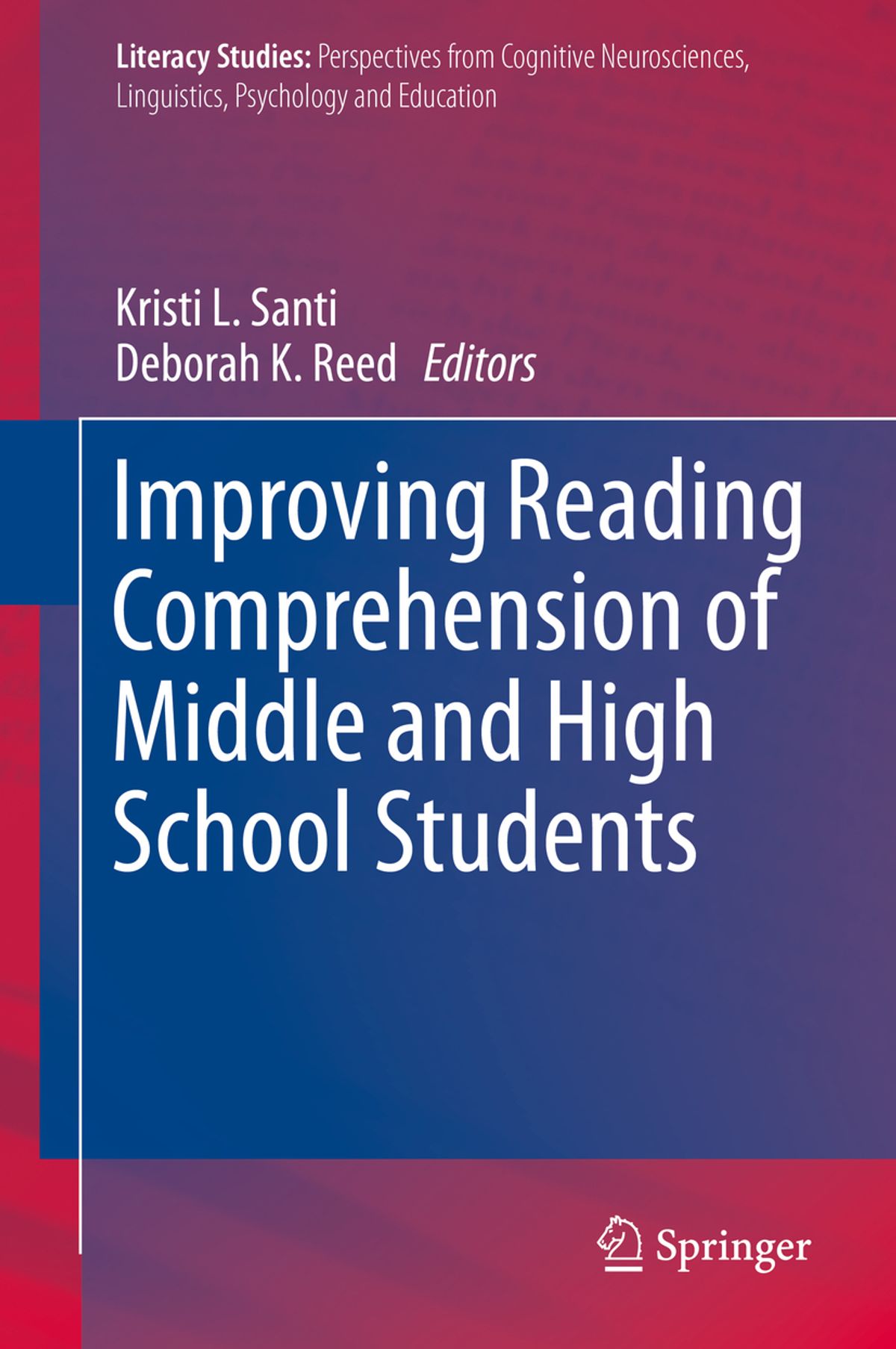Abstract
ReadAhead.AI was developed by teachers and instructional designers based on research proving the success of a methodology combined with technical tools. This combination can increase student reading comprehension and motivation in a meaningful way. The ReadAhead.AI product team created and patented the artificial intelligence behind this dynamic learning process. It is being used widely in classrooms today.
The research was conducted in a large, urban public high school in Atlanta, Georgia that qualifies as a Title I school. Students were measured on global reading comprehension, text-specific reading assessments, and reading motivation. The research results indicated that students performing independent reading in a computer reading module group following the ReadAhead.AI protocols outperformed both a control group and a group performing independent reading with traditional textbooks on all measures.
Read Ahead AI was developed based on research conducted in a large, urban public high school in Atlanta, Georgia. The school serves 9th through 12th grade students and qualifies as a Title I school. The intent of the research was to study the effects of a specific presentation of text and technological tools on reading comprehension and reading motivation of diverse secondary students from lower socioeconomic backgrounds. Following successful research findings, Read Ahead AIwas created to package this proven methodology for easy implementation and replicability in the classroom.
This study took place over a 5-month semester and included 145 students from nine 10th grade literature classes. An independent silent reading (ISR) program was implemented in these classes and a control group was held out that did not participate in the ISR at all. One treatment group participated in the weekly ISR reading from a textbook. Another treatment group participated in the weekly ISR from a computer module designed to address essential components of reading.
Students were measured on global reading comprehension, text-specific reading assessments, and reading motivation. After controlling for initial skill and disposition levels, the results indicated that students from both ISR groups made greater gains than the control group in global reading comprehension. The computer reading module group outperformed the textbook group and the control on text-specific assignments and increased their reading motivation to a greater degree than those in the other conditions.
This research proved that ISR implemented through the use of instructional technology and cognitive tools has broad potential to address secondary students’ reading achievement. The Read Ahead AImethodology and technology offers classrooms a quick, easy-to-use way to utilize the cognitive tools that proved successful in this research.
Study: Designing customizable reading modules for a high school literature classroom. By L. Roxanne Russell and Joshua Cuevas.
Our idea started in the classroom- with constant user input, experimentation and research. And we continue to build it that way.
Tech Trends: Designing customizable reading modules for a high school literature classroom
Education Technology Research & Development: An examination of the effect of customized reading modules on diverse secondary students’ reading comprehension and motivation
The Online Journal of New Horizons in Education: An exploration of the use of technology to address academic language learning in teacher education in preparation for the edTPA
A quick gist of the cognitive science supporting how we designed Read Ahead:
- Studies have shown that the amount of time spent reading correlates directly with reading comprehension ability. Using Read Ahead increases the time that students spend actually reading.
- Differentiated reading instruction is a broadly substantiated and accepted foundation of literacy instruction. Read Ahead differentiates reading instruction by letting instructors and readers customize each experience.
- Gains in vocabulary have been associated with gains in comprehension, while gains in comprehension accompany gains in vocabulary. All literacy tools focus on vocabulary definitions, and we offer them, too. But Read Ahead also reinforces vocabulary in brand new ways.
- Making inferences and predictions is critical to the reading process. Read Ahead stimulates predictive inferences by presenting the key ideas before presenting the chunked text.
The Horizon Report supports that we are on the right track.

